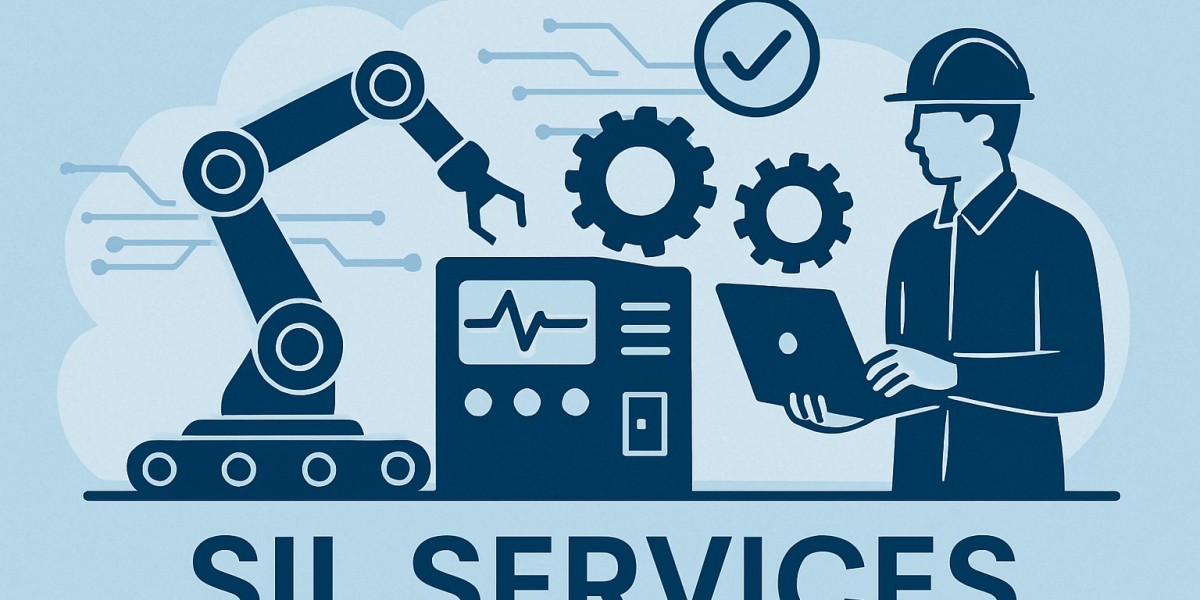This process is not just a technical exercise; it produces the documented evidence that auditors require to confirm that a facility is operating safely. iPAC assists clients with the entire SIL lifecycle, from preparing the initial Safety Requirements Specification (SRS) to integrating the results into the plant's control narratives and maintenance plans.
The Core Components of SIL Verification
The verification process involves a detailed analysis of each Safety Instrumented Function (SIF) to confirm it can perform as needed. The key activities include:
Confirming Risk Reduction: This involves calculating the probability of failure on demand (PFDavg) for each safety function and comparing it to the target SIL level. This calculation takes into account the system's architecture, diagnostics, and planned testing frequency.
Validating System Design: The verification process evaluates the design of the safety system, including the chosen sensors, logic solvers, and final elements, to ensure they work together to achieve the required level of risk reduction.
Documenting for Traceability: All aspects of the SIF, from the initial hazard it is meant to protect against to its design parameters and testing procedures, are documented. This creates a clear, traceable record that is essential for audits and ongoing safety management.
Key Deliverables That Support Audits
The SIL verification process produces a set of documents that serve as the foundation of a plant's functional safety program:
Safety Requirements Specification (SRS): This document formally defines each safety function, including its operational boundaries, bypass rules, and performance targets.
Verification Records: These are the calculations and supporting documents that provide the rationale for the SIL rating of each safety function.
Integration with Operations: The findings from the SIL verification are used to update operational documents, including control narratives and alarm settings, to ensure the design and operation of the safety systems are aligned.
Practical Considerations for Operations
For a safety system to be effective, it must be manageable in a real-world setting. This means that proof test procedures must be practical to execute, and operators must have clear visibility into any system bypasses during maintenance. Any changes to the system in the future, such as replacing an instrument or altering logic, must trigger a review of the SRS to ensure the plant's safety posture is maintained.







